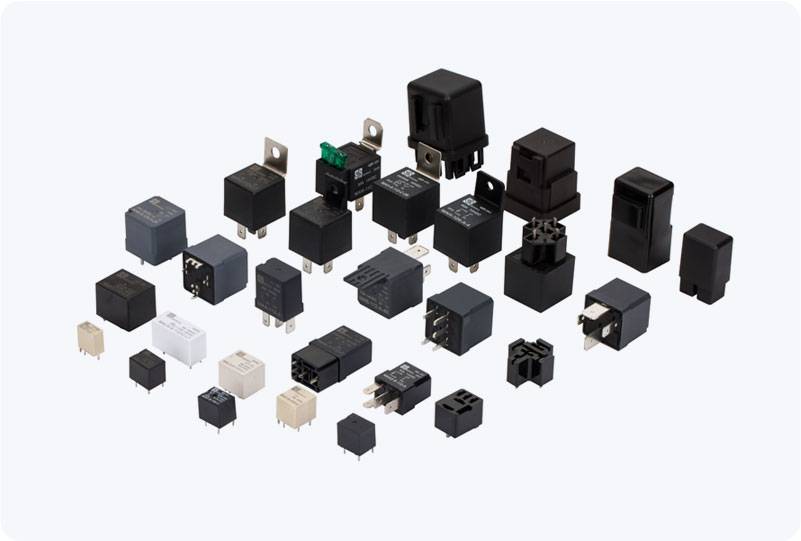relay vs fuse in car: understanding the key differences and functions
Release time:2025-08-24 15:57:30
In a car’s electrical system, two essential components that often come up are the relay and the fuse. Both serve crucial roles in ensuring the car’s electrical circuits work efficiently and safely, but they perform different tasks. Understanding the functions and distinctions between these two components is vital for both car owners and automotive professionals. In this article, we will explore the primary roles of relays and fuses in cars, how they differ, and why each is essential for the proper functioning of the vehicle's electrical system.

What is a Relay in a Car?
A relay is an electrically operated switch that allows a small amount of current to control a larger current. In a car, relays are primarily used to control high-power devices such as the starter motor, headlights, cooling fans, and other electrical systems. A relay works through an electromagnetic coil that, when energized, pulls a switch to either open or close a circuit.
For example, when you turn on the headlights, the relay sends a signal to switch on the headlights by controlling the flow of electrical current. Without a relay, a car would require large switches or manually controlled circuits for each high-power component, which would be impractical and inefficient.

